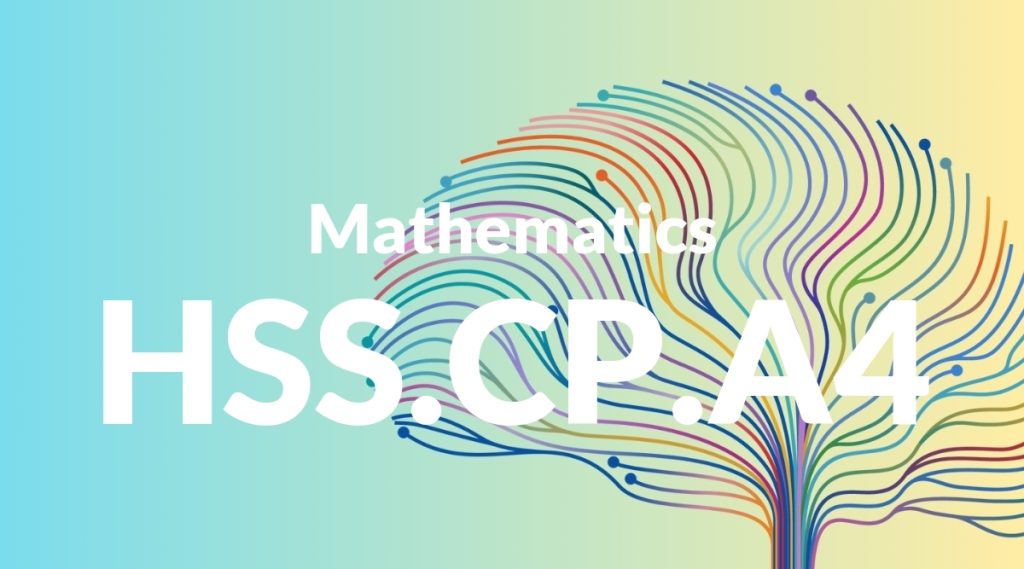Standard: HSS.CP.A4 – Construct and interpret two-way frequency tables of data when two categories are associated with each object being classified. Use the two-way table as a sample space to decide if events are independent and to approximate conditional probabilities. For example, collect data from a random sample of students in your school on their favorite subject among math, science, and English. Estimate the probability that a randomly selected student from your school will favor science given that the student is in tenth grade. Do the same for other subjects and compare the results.
Grade level: High School: Statistics & Probability
Subject: Mathematics
Domain: Conditional Probability & the Rules of Probability
Teacher Overview
This standard focuses on teaching students to construct and interpret two-way frequency tables, which are powerful tools for analyzing the relationship between two categorical variables. Understanding these tables helps students determine if events are independent and calculate conditional probabilities. Mastery of this standard is crucial for developing statistical literacy and the ability to make data-driven decisions. Before tackling this standard, students should be comfortable with basic probability concepts and familiar with data representation methods such as tables and charts. They should understand how to calculate simple probabilities and the difference between independent and dependent events.
After mastering this standard, students will be able to apply conditional probability to more complex real-world scenarios and will be prepared for advanced topics in statistics, such as hypothesis testing and regression analysis.
Common Misconception 1
A common misconception is that if two events occur simultaneously, they are independent. This is incorrect because independence depends on whether the occurrence of one event affects the probability of the other.
Intervention 1
To address this misconception, provide students with examples of simultaneous events that are not independent, such as flipping two coins. Use exercises that require calculating and comparing probabilities to determine independence.
Common Misconception 2
Another misconception is that the larger category in a two-way table always has a higher conditional probability. This is incorrect because conditional probability is based on the specific condition given, not just the size of the categories.
Intervention 2
Use examples and visual aids to show that conditional probability depends on the given condition. Provide exercises that require students to calculate conditional probabilities for different conditions to reinforce this concept.
Prerequisite Knowledge
Students should have a foundational understanding of basic probability concepts, including the calculation of probabilities and the concept of independent and dependent events. They should also be familiar with basic data representation methods, such as tables and charts.
Subsequent Knowledge
After mastering this standard, students will be able to apply their understanding of conditional probability to more complex real-world situations, such as risk assessment and decision-making under uncertainty. They will also be prepared to study more advanced topics in statistics, including hypothesis testing and regression analysis.
Instructional Activities
- Have students collect data on their classmates’ favorite subjects and create two-way frequency tables.
- Use online simulations to generate and analyze two-way tables.
- Conduct group activities where students determine if events are independent using real-world data sets.
- Assign projects where students must interpret two-way frequency tables from actual research studies.




